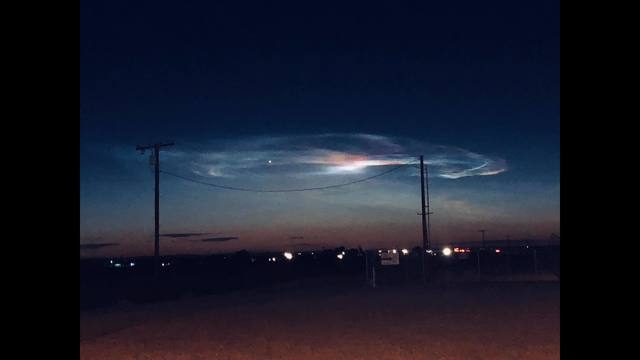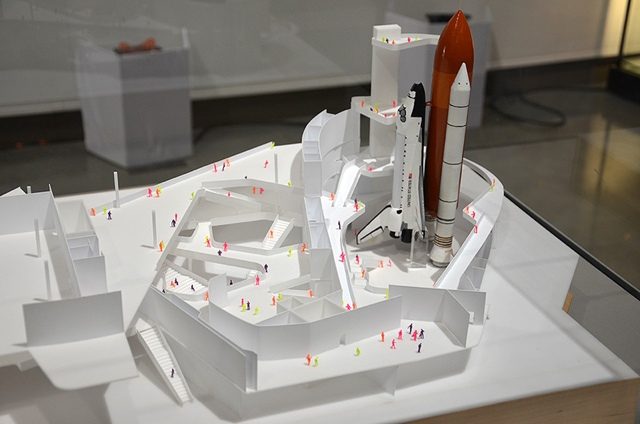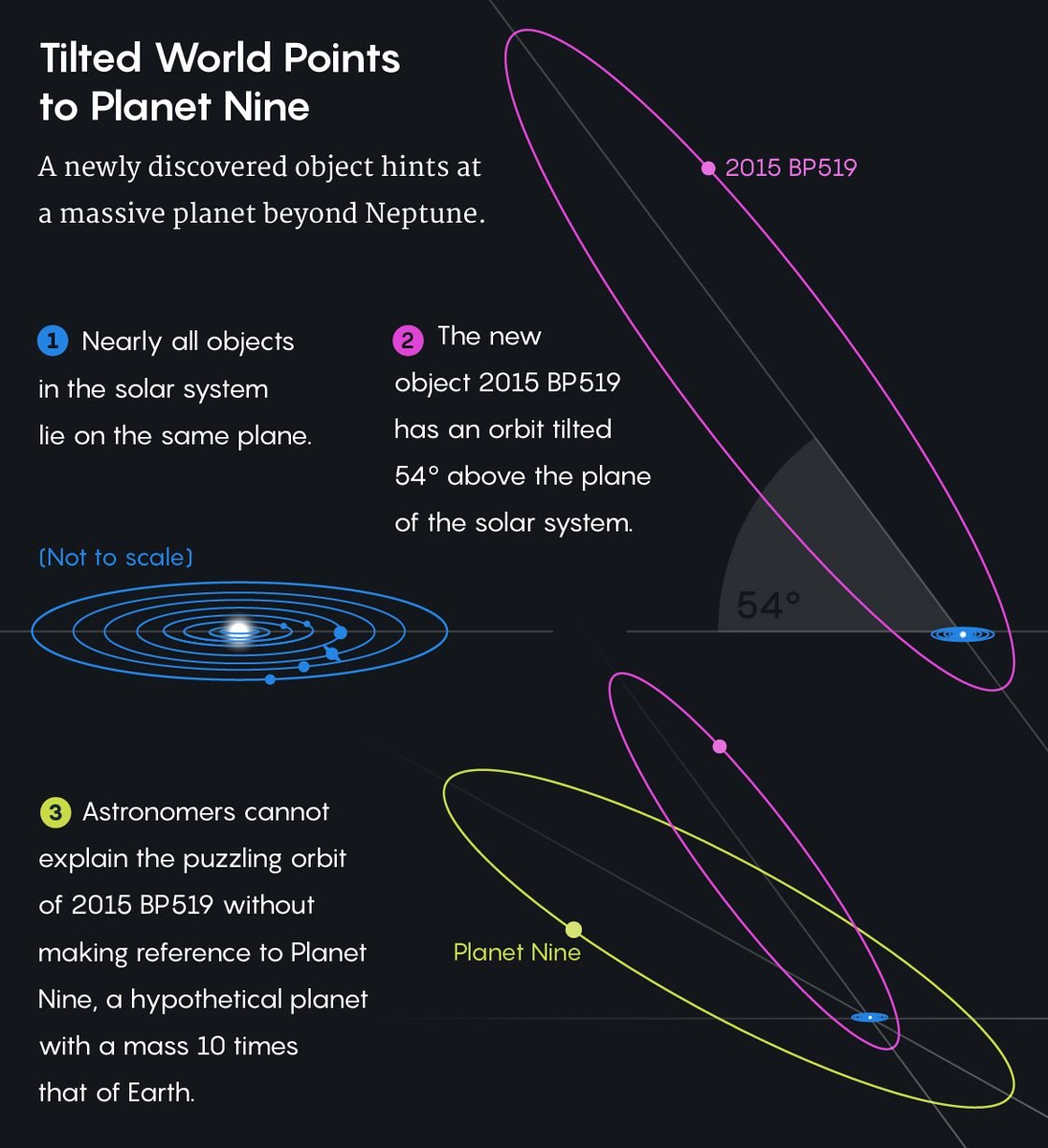Meaningful unmanned exploration, beyond "Let's send a camera out there and see what it shows," requires a sophisticated level of autonomy. That's fairly hard to achieve when your computing power requires acres of floor space, as opposed to a belt clip or a wrist strap. Missions like Surveyor were not autonomous at all, They went, they landed, and ground control told the equipment, "do this, do that."
So, then, you advance your computing power faster! Well, they did! If you didn't live through it, you have NO IDEA how rapidly electronics developed during the 60s. I've owned a car that had
tubes in its radio! In the home, a table-top AM radio that didn't need thirty seconds of warm-up time before it would play was a Big Deal, and
that radio still had to be plugged in to the wall outlet. Then handheld, battery powered radios??! STOP! It'll never get any better than that!
Almost ALL of the computing power for space travel, manned or unmanned, was on the ground, in big refrigerated rooms with a lot of kilowatts available. Onboard computers did nothing as far as actual computing, they controlled the timing of things, based on numbers keyed into them by the astronauts, and those numbers were read to them by ground controller from printouts that came off of the ground computers. With those numbers, the onboard computer could fire a thruster at the right time for the right duration, but actually figuring those numbers out was way beyond what the onboard "computers" could do! For an unmanned mission, those numbers were transmitted in a data stream, usually at an incredibly low rate. You want Surveyor to point the camera north and take a picture? It'll be ready to do that day after tomorrow...

Another thing about autonomy is that you have to know what to expect. We have cars that can literally drive themselves. Put your destination in the GPS, and the car will get you there, using lanes, exits, on ramps, and routes, as appropriate, and dealing with traffic, red lights, weather, whatever. Put that same computer on an airplane or a boat, though, and someone's gonna die. The autonomy has no idea now what to expect. Its conditions for decision-making don't exist any more. So there's more to it than electronics measured in fraction of microns, it's anticipation of the needs for the decision trees. When you're going someplace that you have
no experience with, it's not quite possible to build a useful decision tree into the autonomy.













 Bangabandhu Satellite-1 Mission
Bangabandhu Satellite-1 Mission
